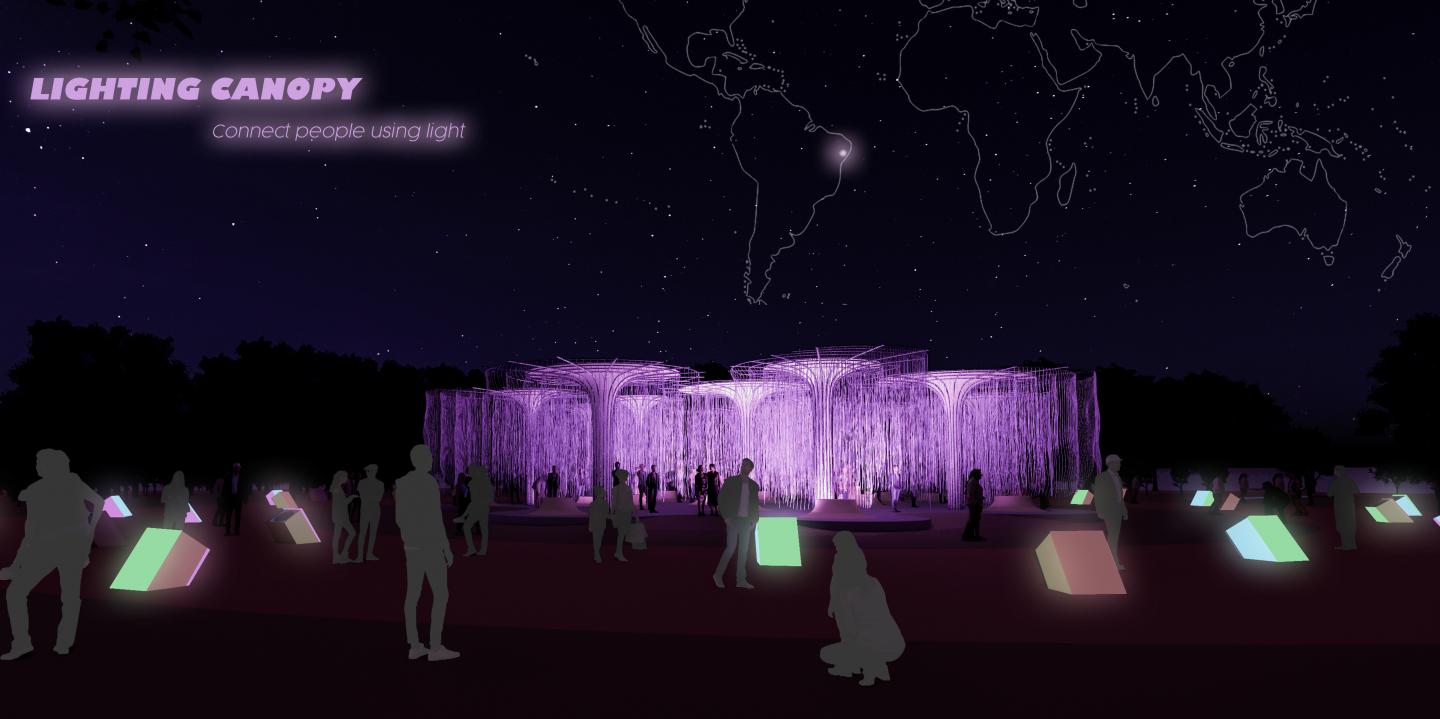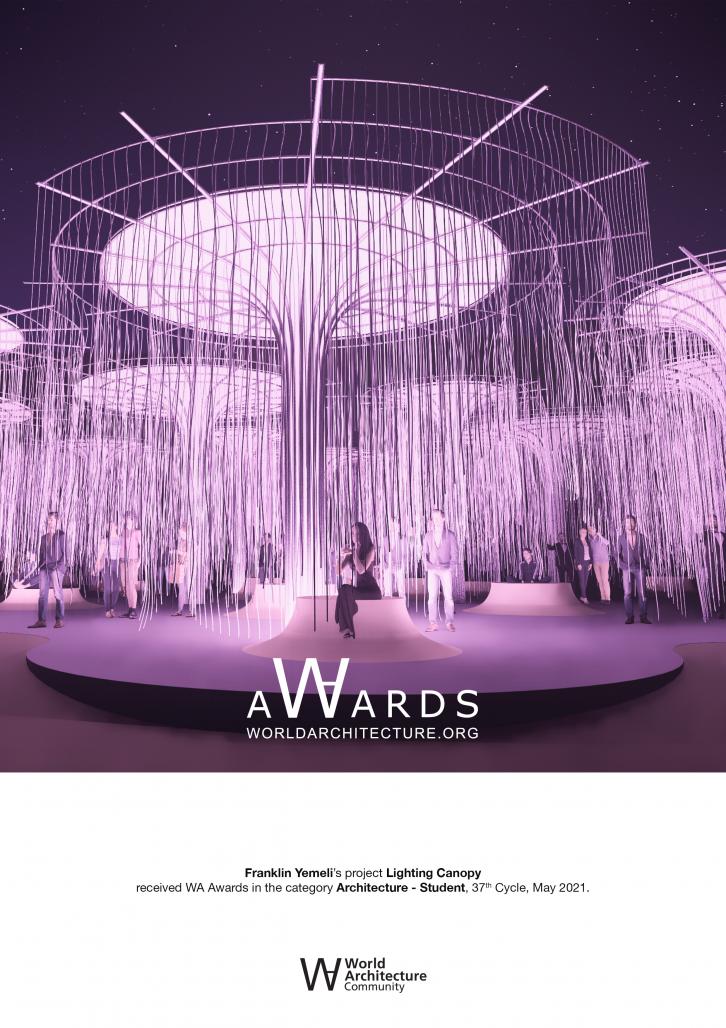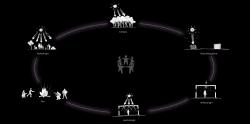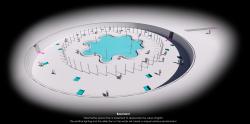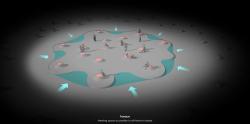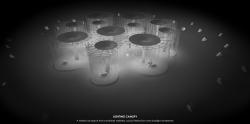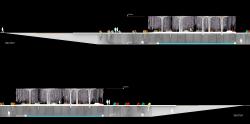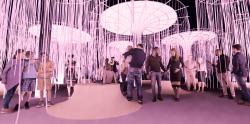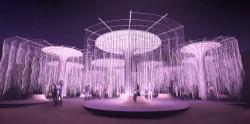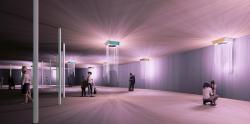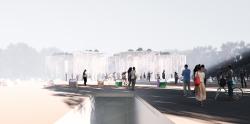1- Context
Today's realities are very different from those of yesterday. Many formerly poor countries are now taking charge and experiencing growth. This is the case of the five countries that make up the BRICS (Brazil, Russia, India, China and South Africa), which have distinguished themselves since the 2000s by strong economic growth. However, this growth is often accompanied by an increase in income inequality, which favours the creation of social classes. The phenomenon of globalization does not improve the situation, far from it. We are therefore witnessing the growth of all kinds of segregation and therefore the rise of numerous social problems. Each of the countries mentioned above has an enormously diverse population, hence the name "rainbow nation" used to refer to South Africa. These countries also host some of the most violent cities in the world. The city of Maceió in Brazil is one of them. Despite all the advances in technology and telecommunication we realize that human contact is a necessity. However, it is not possible without quality common spaces that promote social interaction.
We need to design a new generation of public spaces that bring people together beyond their differences (colour, age, gender, income, ...).
2- The challenges
The project aims to :
- Create a multifunctional public space that breaks down the differences between people
- Use natural light to create a place that lives 24 hours a day
- Raise awareness about energy saving and resource conservation
- Petrify light through architecture and landscape design
3 - The project takes as references elements of nature and human culture:
Nature...
- The canopy, an important ecosystem that thrives primarily on the solar radiation it absorbs (95%)
- Sunlight, which is at the heart of life on earth through its impact on man and nature
- Bioluminescence, which allows storing sunlight during the day to create lighting at night in a natural way
Human culture ...
- Fire, which has played an important role in the existence of human beings because, in addition to lighting, it is used to cook food, heat, protect against dangerous animals, ...
- Skylights, which allow to exploit natural light in interior spaces and reduce energy consumption
- Artificial light, which when generated with clean energy, is a good alternative to natural light
4 - Design
The project proposes a model of public space colourful to the image of the population of the place where it is located. Beyond the very colourful aspect typical of the regions of the world marked by a great social mix, we wanted the place to be alive both day and night without causing energy waste. A convivial space was created in the basement, separated from the ambient noise. Skylights bring in natural light and the reflection of the water creates a fantastic environment that changes throughout the day depending on the lighting. Above, mushroom-shaped structures mounted on a platform accessible to all carry cables covered with bioluminescent paint. During the day, the cable drill filters and captures solar radiation and produces a poetic effect. You can walk under this canopy and enjoy the show. You can also sit, lean back, ... or read, listen to music, talk, ...
At night, the cables restore the light stored during the day, space wakes up and offers a unique experience to visitors. Similarly, the skylights also coated with bioluminescent paint light up. In the basement, the same phenomenon occurs. Cables attached to the skylights light up and give back the light absorbed during the day.
This public space is designed to be a point of convergence for people to discover not only the place but also their fellow man and knowledge. The place will host a wide range of socio-cultural events for the benefit of the population (conferences, exhibitions, debates, ...).
2020
0000
The basement walls and the pavilion floor are made of reinforced concrete. The mushroom-shaped structures are made of steel elements produced in factories and assembled on site. A green roof purifies the water that is collected below. Recycled plastic cables are coated with bioluminescent paint before being attached to the structure. Slight slopes allow easy access for all.
• Franklin Yemeli
• Baden Baden Edgar
• Mesmer Ndienang
Lighting Canopy by Franklin Yemeli in Brazil won the WA Award Cycle 37. Please find below the WA Award poster for this project.
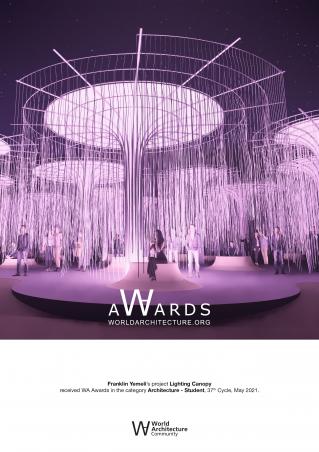
Downloaded 5 times.
Favorited 8 times
